Unraveling the mystery behind the role of microbial biofilms in turning barren, deglaciated land into a living landscape.
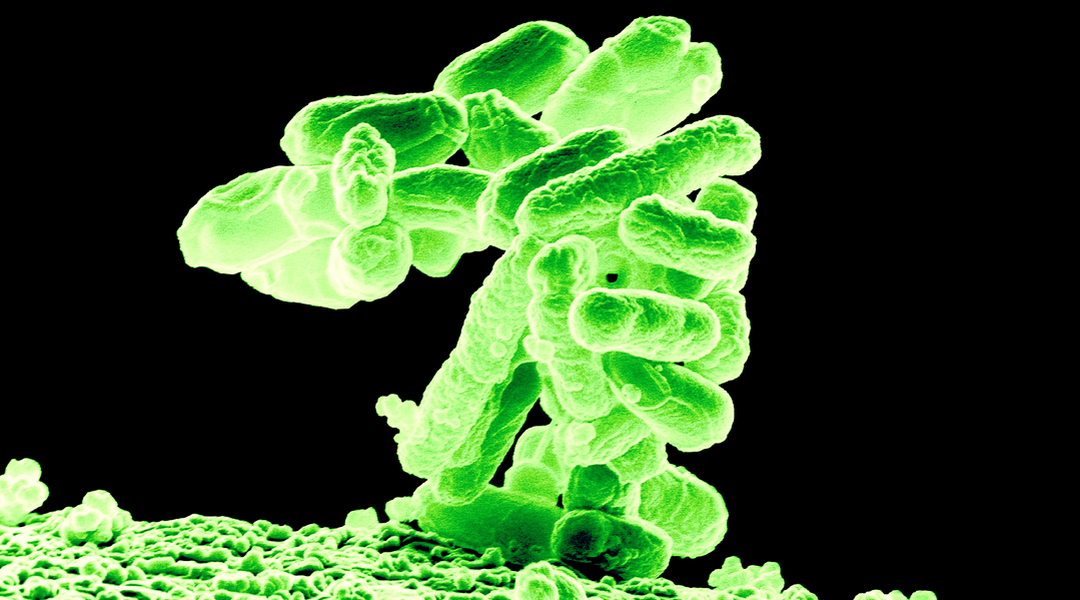


Unraveling the mystery behind the role of microbial biofilms in turning barren, deglaciated land into a living landscape.
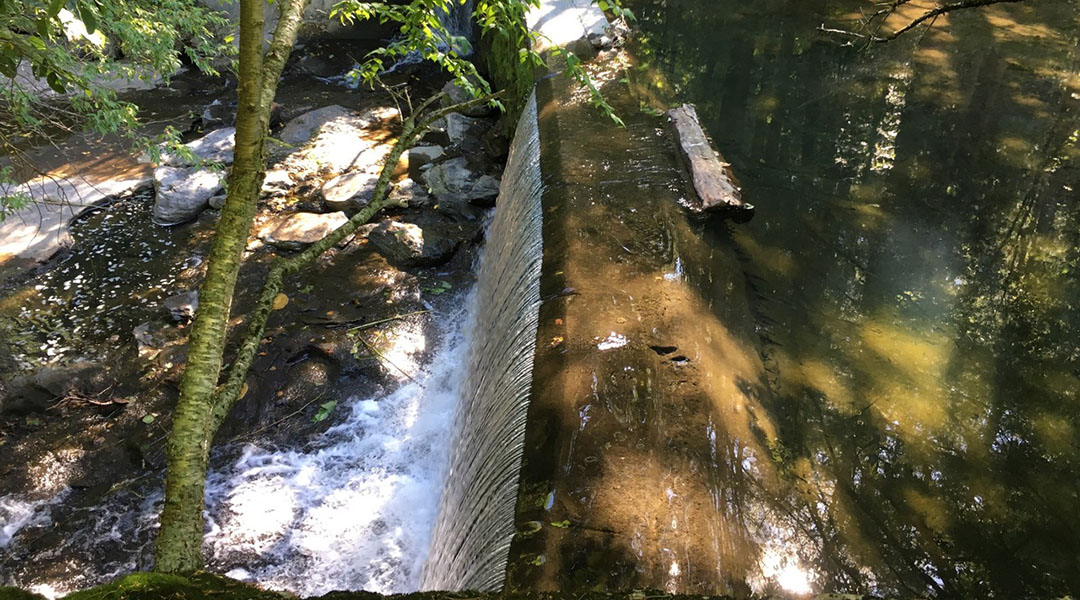
Peter Brewitt and Chelsea Colwyn discuss the legal and policy issues of non-jurisdictional dams
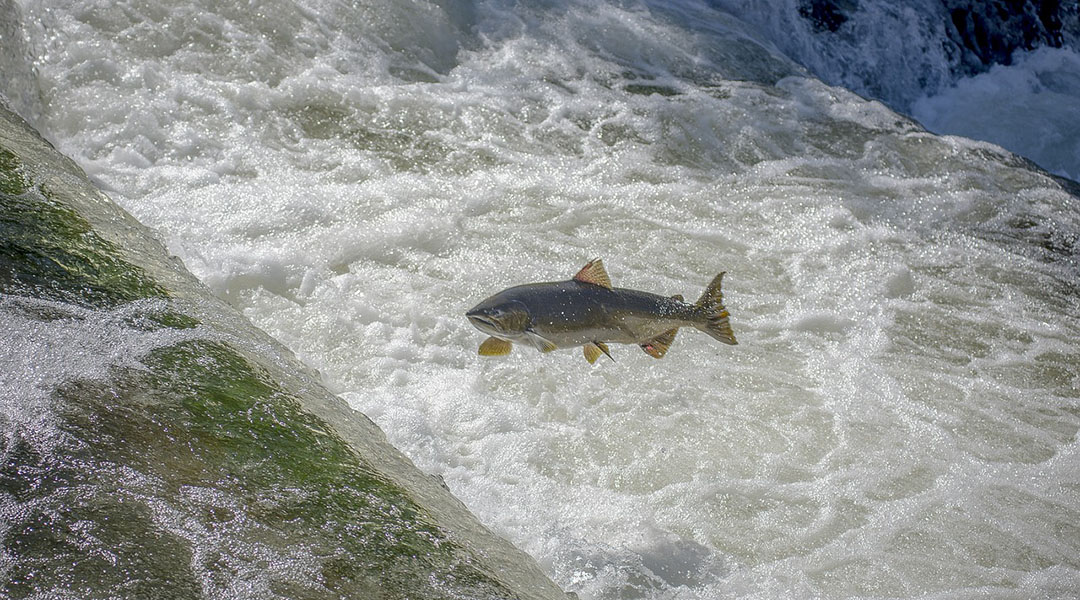
Researchers demonstrate the use of aerial drone photography, hydraulic modeling, and simulated rock blasting, to evaluate velocity barriers that prevent steelhead migrations.
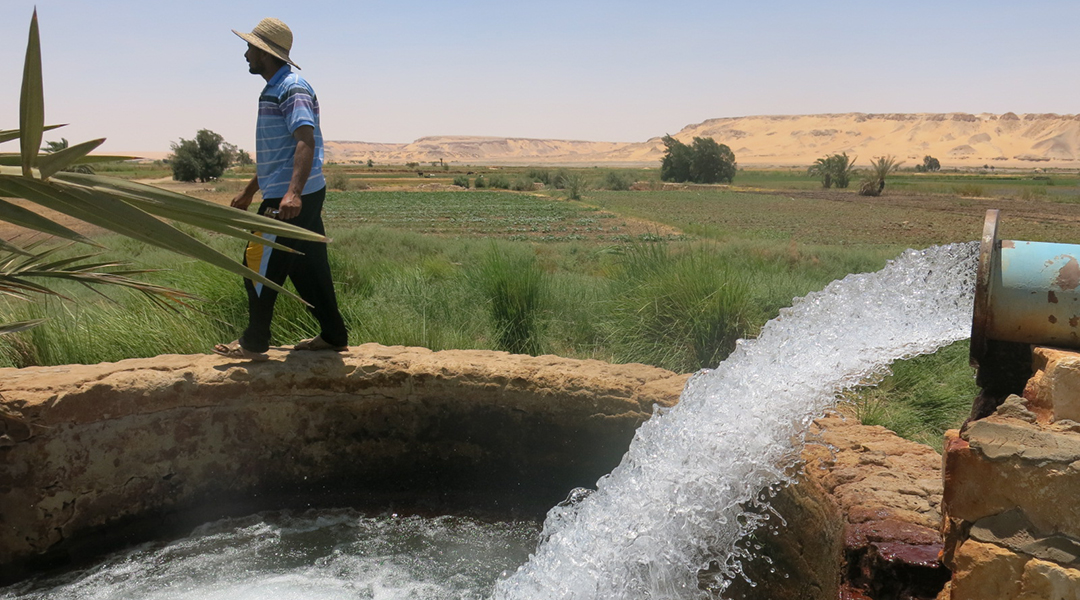
Researchers at the International Water Management Institute put forward a new conceptual thinking to achieve sustainable, socially acceptable, resilient, and equitable resource use.
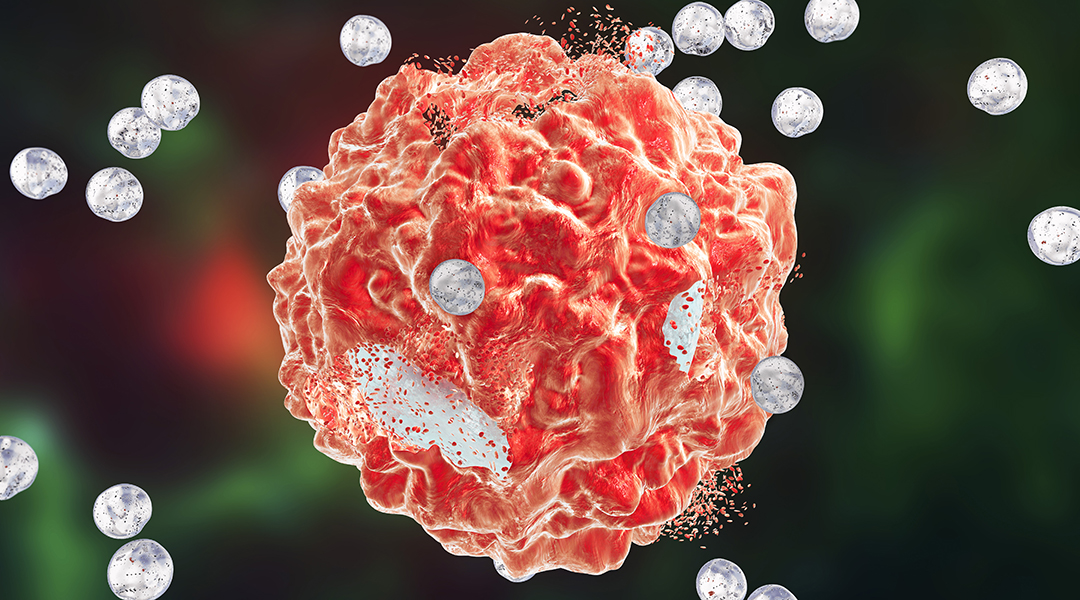
Nanotechnology has emerged as an innovative tool in medicine that could alter the landscape in relation to disease treatment and prevention.
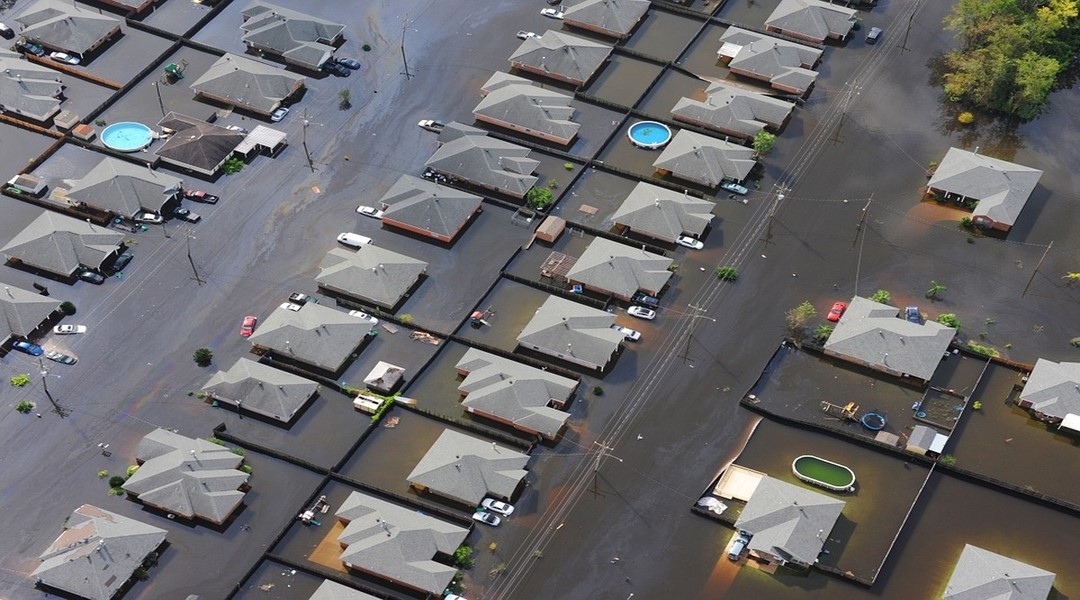
How do we effectively evaluate and employ zoning and building codes in flood prone areas to minimize damage?
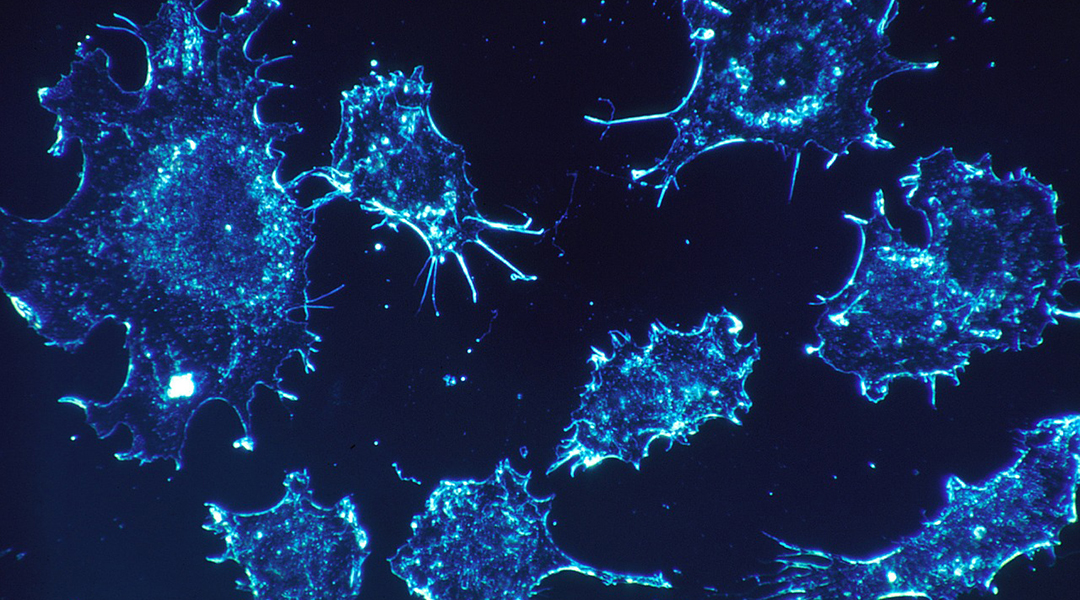
Polymers have been shown to improve the biological capabilities of optical contrast agents to improve diagnosis of diseases such as cancer.

Many nanomaterials can be used to develop inhalable nanomedicines that can be administered with various aerosolization devices.
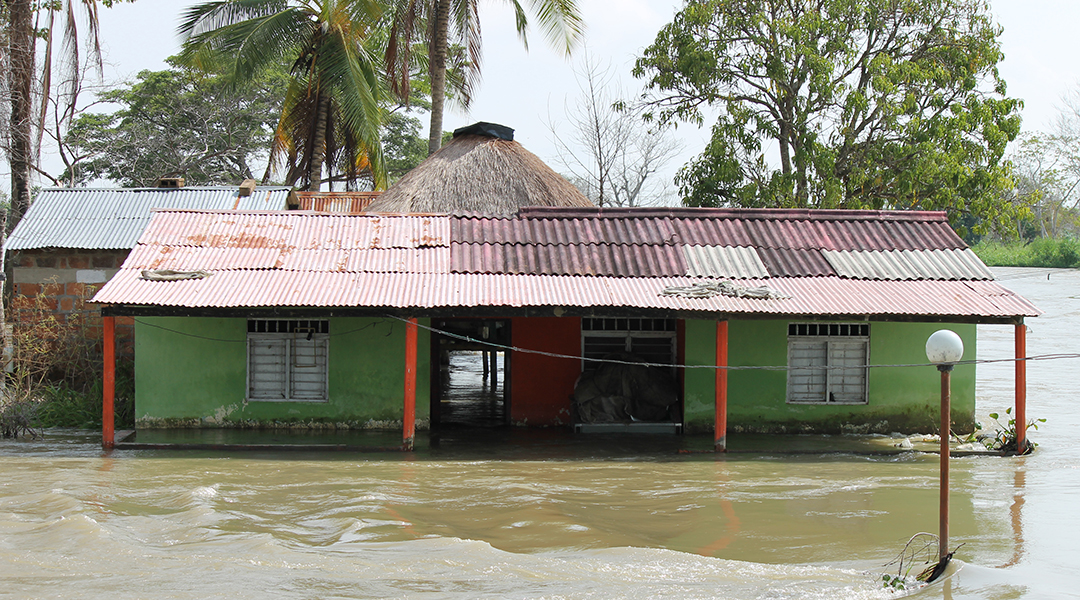
In this opinion piece, researchers analyze a commonly deployed analytical tool used to think about water in the social sciences: the “hydrosocial cycle”.

Irrigators’ decisions to follow best management practices or implement a policy change, to accept a technology, or even to exit farming, all affect society.